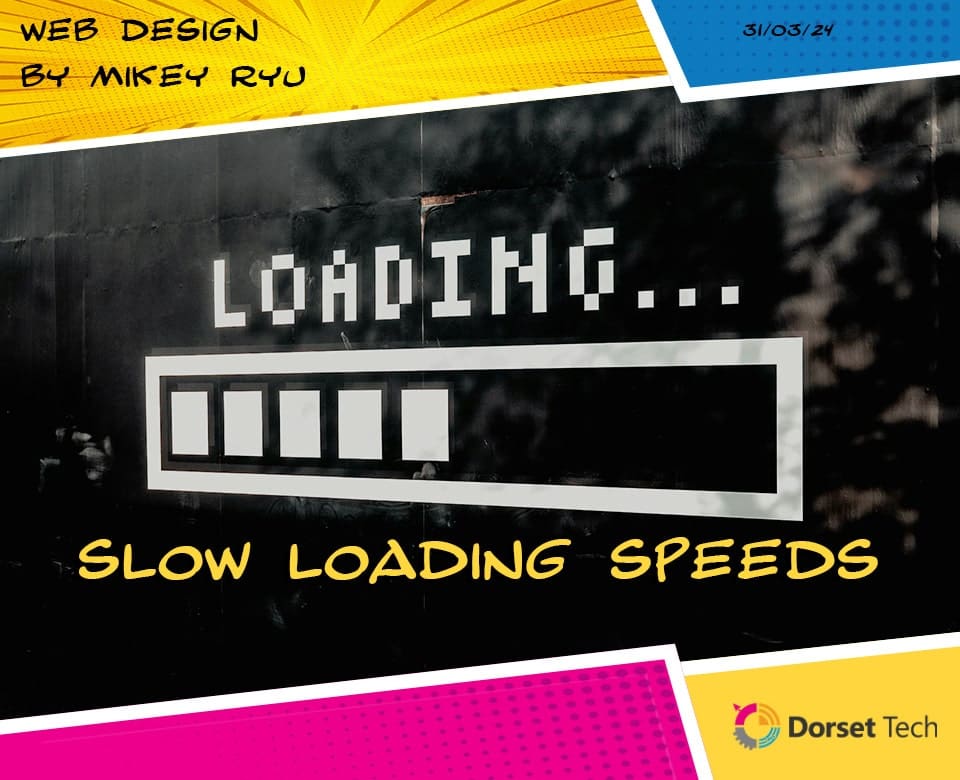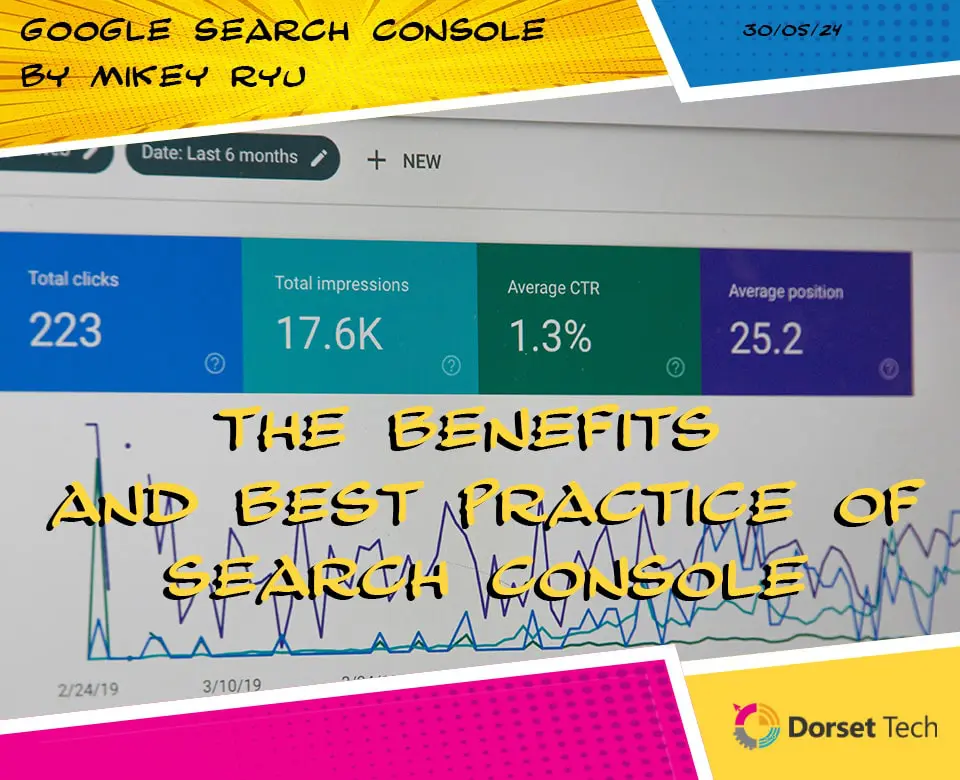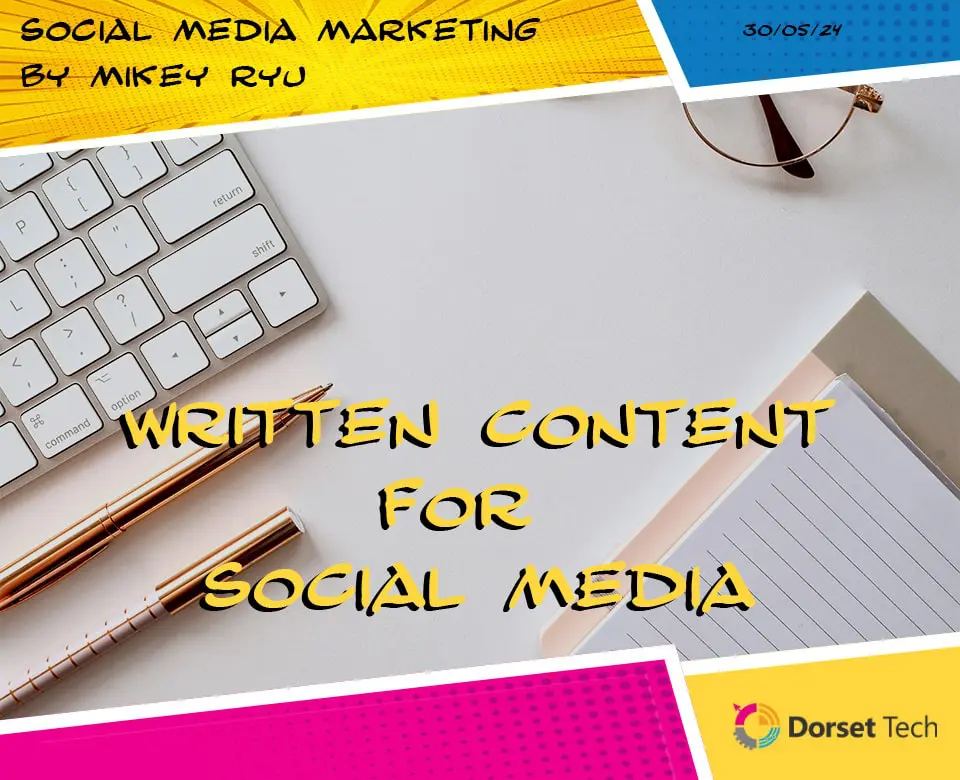
Addressing Slow Loading Speed and High Maintenance Costs
In the digital age, where attention spans are short and competition is fierce, the speed and performance of a website can make or break its success. Yet, many businesses struggle with slow loading speeds and high maintenance costs, which not only frustrate visitors but also drain resources and hinder growth. In this blog, we delve into the detrimental effects of slow loading speed and high maintenance costs as compelling reasons to consider getting a new website. By understanding these challenges and taking proactive steps to address them, businesses can unlock the full potential of their online presence and achieve greater success in the digital realm.
Understanding Slow Loading Speed:
Slow loading speed refers to the time it takes for a website to fully load its content and functionality in a web browser. Factors contributing to slow loading speed include large file sizes, unoptimised images, excessive scripts and plugins, and outdated hosting infrastructure. Slow loading speed frustrates visitors, increases bounce rates, and undermines user experience.
The Consequences of Slow Loading Speed:
High Bounce Rates:
Studies show that the majority of users abandon a website if it takes more than a few seconds to load. Slow loading speed leads to high bounce rates, where visitors navigate away from the site before fully engaging with its content. High bounce rates signal to search engines that the website is not meeting user expectations, which can negatively impact search engine rankings.
Poor User Experience:
In today’s fast-paced world, users expect instant access to information and seamless browsing experiences. Slow loading speed frustrates visitors, diminishes satisfaction, and undermines user experience. Visitors are less likely to return to a website that fails to deliver a fast and responsive experience.
Loss of Conversions:
Slow loading speed negatively impacts conversion rates, as visitors are less likely to complete desired actions such as making a purchase, filling out a form, or signing up for a newsletter. Every additional second of loading time increases the likelihood of visitors abandoning the site without converting, resulting in lost opportunities for sales and leads.
Understanding High Maintenance Costs:
High maintenance costs refer to the ongoing expenses associated with managing, updating, and maintaining a website. Factors contributing to high maintenance costs include complex backend architecture, outdated technology, inefficient coding, and reliance on third-party services and plugins. High maintenance costs drain resources and impede scalability and growth.
The Consequences of High Maintenance Costs:
Financial Strain:
High maintenance costs can place a significant financial strain on businesses, especially small and medium-sized enterprises (SMEs) with limited budgets. Ongoing expenses related to website maintenance, hosting fees, security updates, and technical support can quickly add up, diverting resources away from other critical areas of the business.
Resource Drain:
Managing a website with high maintenance costs requires dedicated time, effort, and resources. Businesses may need to allocate valuable personnel and resources to address ongoing maintenance tasks, detracting from core business activities and strategic initiatives.
Scalability Challenges:
Websites with high maintenance costs may struggle to scale and adapt to changing business needs and market dynamics. Complex backend architecture and outdated technology hinder agility and flexibility, making it difficult to implement new features, functionalities, or integrations in a timely and cost-effective manner.
Recognising When to Get a New Website:
If your website suffers from slow loading speed or high maintenance costs, it’s a clear indication that it’s time for a new website. Investing in a new website offers several benefits for addressing these challenges, including:
Improved Performance:
A new website built with modern technologies and best practices ensures fast loading speed and optimal performance. By optimising code, compressing images, and leveraging caching techniques, businesses can significantly improve loading times and enhance user experience.
Reduced Maintenance Costs:
A new website with streamlined architecture and efficient coding reduces ongoing maintenance costs. By eliminating unnecessary plugins, minimising reliance on third-party services, and leveraging automation tools, businesses can reduce the time, effort, and resources required for website maintenance.
Scalability and Flexibility:
A new website provides a scalable and flexible foundation for growth. With a modular architecture and flexible infrastructure, businesses can easily add new features, functionalities, or integrations as their needs evolve, without incurring significant costs or technical challenges.
Enhanced Security:
A new website built with the latest security protocols and best practices ensures protection against cyber threats and vulnerabilities. By prioritising security from the outset, businesses can safeguard sensitive data, protect user privacy, and mitigate the risk of security breaches and cyber-attacks.
Conclusion:
Slow loading speed and high maintenance costs pose significant challenges for businesses in the digital age, hindering user experience, draining resources, and impeding growth. Recognising the signs of slow loading speed and high maintenance costs is the first step towards a website overhaul. By investing in a new website with improved performance, reduced maintenance costs, scalability, and enhanced security, businesses can unlock the full potential of their online presence and achieve greater success in the digital realm. With a focus on speed, efficiency, and scalability, businesses can future-proof their online presence and position themselves for long-term success and growth.





















